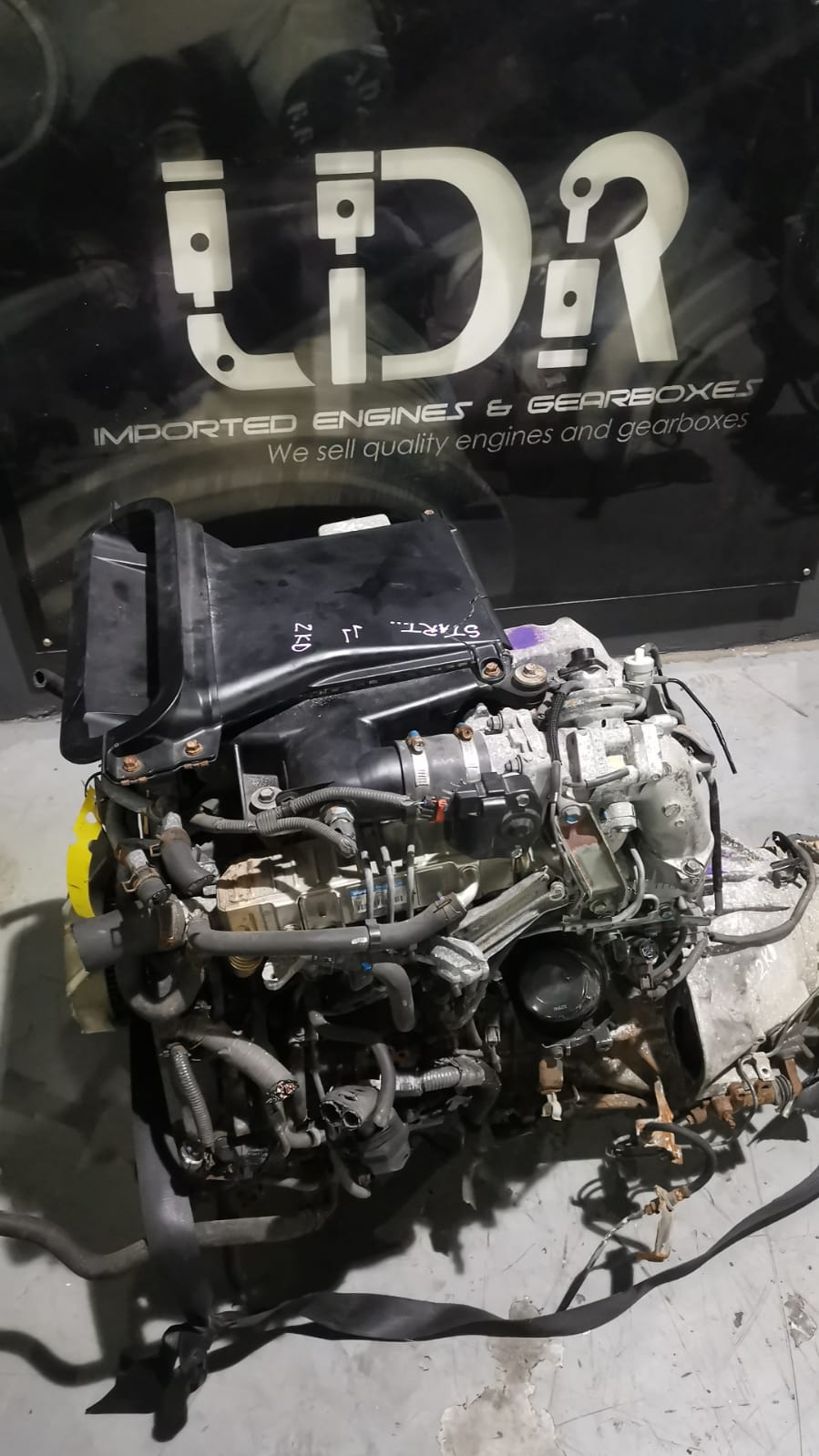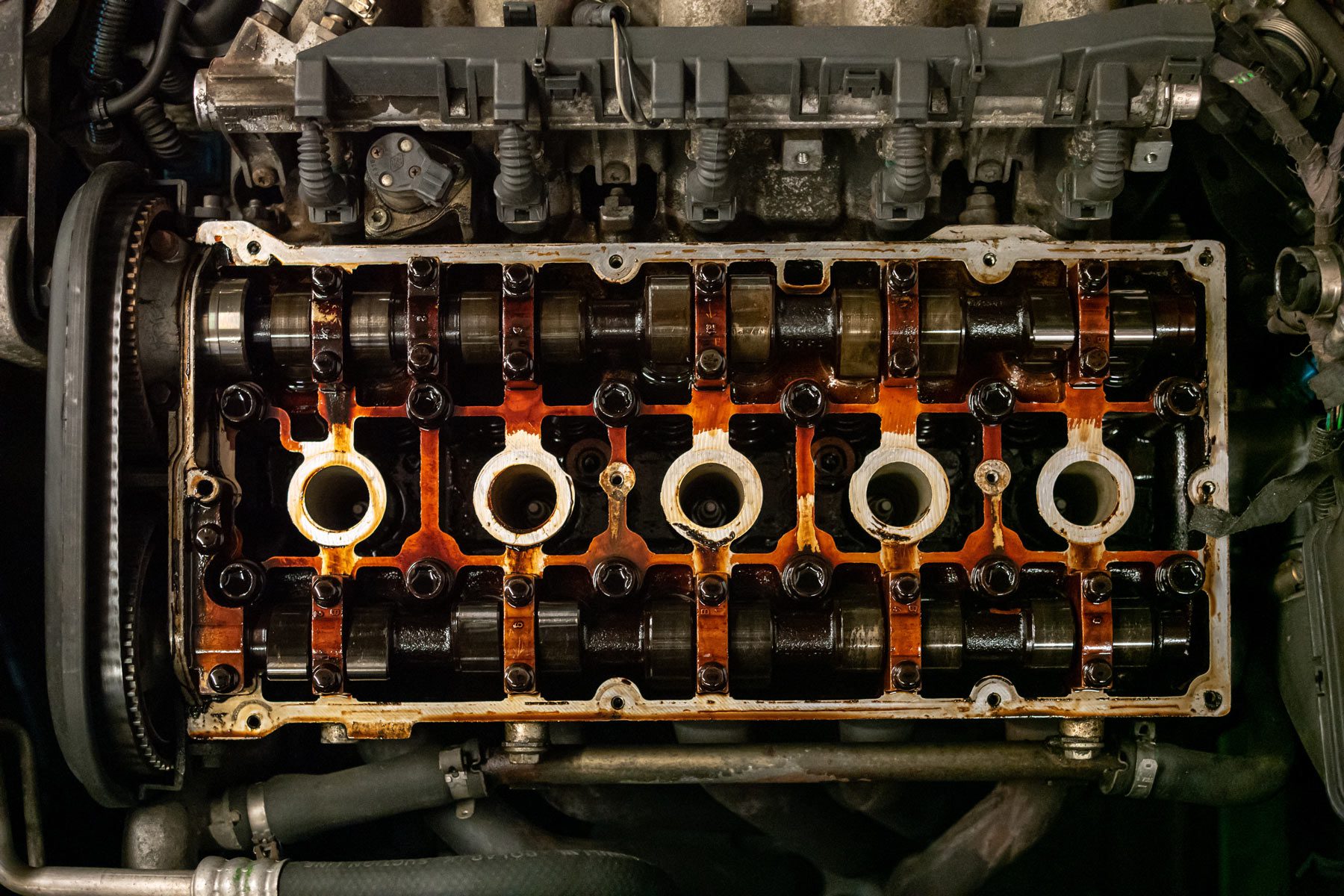Upgrade Your Car with a New Opel Corsa Engine
Upgrade Your Car with a New Opel Corsa Engine
Blog Article
Exploring the Inner Functions of a Compact Vehicle's Engine System
As vehicle drivers, we commonly consider given the intricate procedures that happen within the confines of our automobile's engine system. The small yet complex equipment that moves us forward is a wonder of engineering accuracy and coordination. From the regulated explosions in the burning chamber to the careful timing of fuel shot, every element plays an essential function in the smooth procedure of the engine. In this exploration of a portable vehicle's engine system, we will certainly untangle the internal workings of this mechanical symphony, clarifying the secrets that drive us onward on our day-to-day journeys.
Burning Process Summary
The burning procedure in a portable car's engine system is an important mechanism that effectively converts fuel into power to power the lorry. This process occurs within the burning chamber of the engine, where gas and air mix, spark, and generate regulated surges. The combustion procedure contains four main phases: intake, exhaust, compression, and power.
Throughout the intake phase, the piston relocates downward, drawing in a mix of air and fuel into the burning chamber. This downward movement generates the power needed to drive the lorry. This cyclic burning process is fundamental to the operation of a compact lorry's engine system, making certain efficient power conversion for propulsion.
Piston and Cylinder Interaction

The piston's specific fit within the cyndrical tube is essential for maintaining optimal compression and stopping power loss during combustion. Tight clearances between the piston and cylinder walls ensure efficient sealing, allowing the piston to move smoothly without allowing gases to leak past. Proper lubrication is also vital to reduce rubbing and wear in between these elements, improving longevity and efficiency.
In addition, the layout and products utilized in manufacturing the piston and cylinder influence engine performance and longevity. Modern engines frequently employ light-weight yet long lasting materials like aluminum alloys for pistons and cyndrical tube liners to reduce inertia and boost thermal effectiveness. In general, the unified communication between the piston and cyndrical tube is basic to the engine's capability and general performance.
Fuel Shot System Performance
Fuel wikipedia reference shot systems in small car engines play a crucial role in specifically providing fuel to the combustion chamber for efficient and controlled ignition. The fuel injection system operates by injecting gas into the burning chamber at the ideal minute throughout the engine's operation (opel corsa engine). This exact timing guarantees that look these up the gas mixes equally with the air for proper burning, causing boosted gas efficiency and lowered exhausts
There are mainly 2 types of gas shot systems utilized in small vehicle engines: port fuel shot (PFI) and direct fuel injection (DFI) PFI systems inject fuel into the consumption port before the consumption valve, while DFI systems infuse gas directly right into the burning chamber. Both systems have their benefits, with DFI offering far better fuel atomization and PFI giving a more affordable remedy.
Understanding Engine Air Conditioning Devices
Efficient procedure of a portable automobile's engine depends heavily on the efficiency of its cooling systems. The cooling system in a small car normally consists of several parts functioning with each other to regulate the engine temperature level. Recognizing these engine cooling systems is important for maintaining the efficiency and longevity of a portable automobile's engine system.

Exhaust System Elements Explained
The optimal performance of a small vehicle's engine cooling devices depends upon a complementary system known as the exhaust system, which consists of numerous necessary elements for making certain reliable discharges and engine performance. The exhaust system includes components such as the exhaust manifold, catalytic converter, muffler, and tailpipe. The exhaust manifold collects exhaust gases from the engine's routes and cyndrical tubes them to the catalytic converter. The catalytic converter then transforms unsafe toxins in the exhaust into much less damaging emissions before launching them with the muffler and tailpipe.
One vital component of the exhaust system is the oxygen sensing unit, which keeps an eye on the oxygen levels in the exhaust gases to assist manage gas consumption and make certain optimum engine performance. opel corsa engine. Furthermore, the resonator may exist in some exhaust systems to decrease sound degrees. Generally, the exhaust system plays an important duty in keeping engine efficiency, minimizing damaging exhausts, and making sure a quieter driving experience for portable vehicle proprietors

Conclusion
In verdict, the compact automobile's engine system is a complex mix of components that collaborate to promote the combustion process, convert gas into power, and remove waste gases. Comprehending the internal workings of the engine system, including the piston and cylinder communication, fuel injection system, engine air conditioning devices, and exhaust system elements, is crucial for preserving ideal performance and performance of the lorry.
The burning procedure in a compact lorry's engine look at more info system is a crucial system that effectively transforms gas into power to power the car.Fuel injection systems in compact car engines play an important duty in specifically supplying fuel to the burning chamber for controlled and effective ignition.There are mainly two types of fuel shot systems made use of in portable vehicle engines: port fuel injection (PFI) and direct fuel shot (DFI) Recognizing these engine air conditioning systems is important for maintaining the efficiency and long life of a small car's engine system.
The optimal performance of a portable automobile's engine cooling systems depends on a complementary system known as the exhaust system, which consists of different crucial parts for making sure effective discharges and engine performance.
Report this page